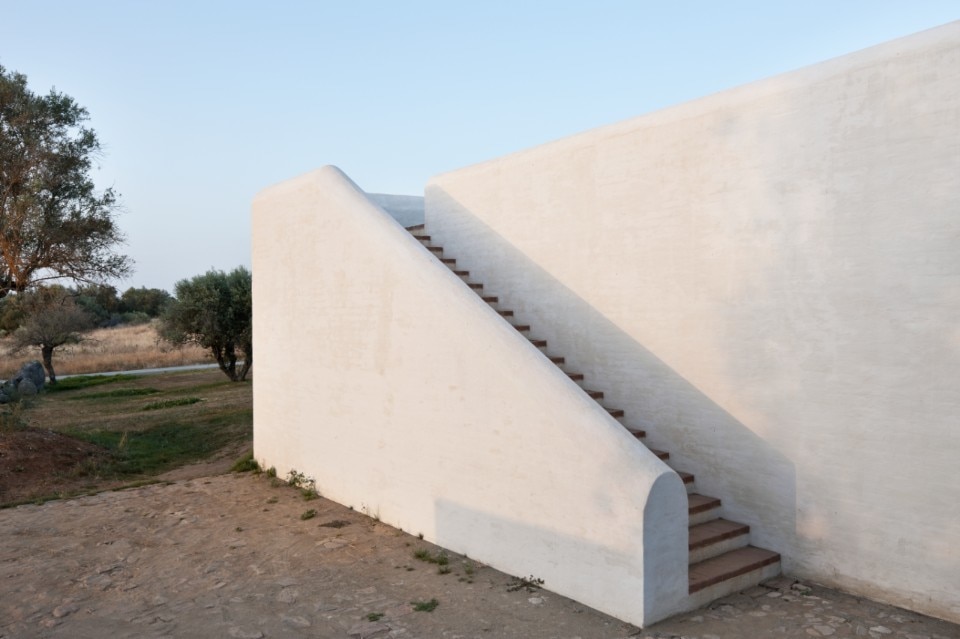

The relationship within the exhibition space – like that between all the architecture projects of Marín + López with regard to the landscape – is the result of the dialogue with the scale forms. What is small is inverted monumentality, what is enormous is but a detail in the immensity of the natural world, while the medium-sized crosses the axes to reverse the infinite and make it habitable. Solid and void combined.
In Chile Marín + López’s projects establish this dialogue of sizes. Another version of the hidden geometry of geographical masses. The mountains of the Andes range are large in comparison to the valley, but are nothing when compared to the immensity of the Pacific Ocean. Meanwhile, buildings are little more than microscopic advances made by diminutive prisms on the vastness of the Earth, rain-washed crystals.

Architecture should contain – paradoxically – the energy of the land in movement. We know that the planet moves, but in places like Chile or Mexico, the earth moves too. What is supposed to be fixed, the primary element, trembles like water. Earthquakes turn buildings into ships. To construct amidst this geography means designing every object to withstand such a voyage. Each one seeks to safeguard the little thing it carries with it. Thus, such objects – these comments on memory – are sometimes the hyperbole of meaning. Simple remnants may be all that remain on dry land of a shipwreck. These shelves gather the flotsam of the positive and continual shipwreck of ideas, a crystallized form of survival, extolled in the order and narrative they nourish.
Dimensions and functions, objects and uses, design and context: these are the coordinates that determine the projection of this journey, as well as the voyage on dry land of these strange ships, architectural concretions on the plane of the real. A challenge to the double enigma of the order of the magnitudes, from the infinitesimal to the immense.

until November 2014
Emilio Marín + Juan Carlos López
The Space Between Things
LIGA 15
Av. Insurgentes Sur 348, Colonia Roma Sur
Delegación Cuauhtémoc, CP 06700
Mexico City, Mexico

A prize for architecture between lights and volumes: LFA Award
An international photography competition that invites photographers worldwide to capture the essence of contemporary architecture. Inspired by the work of the famous Portuguese photographer Luis Ferreira Alves, the award seeks images that explore the dialogue between man and space.









